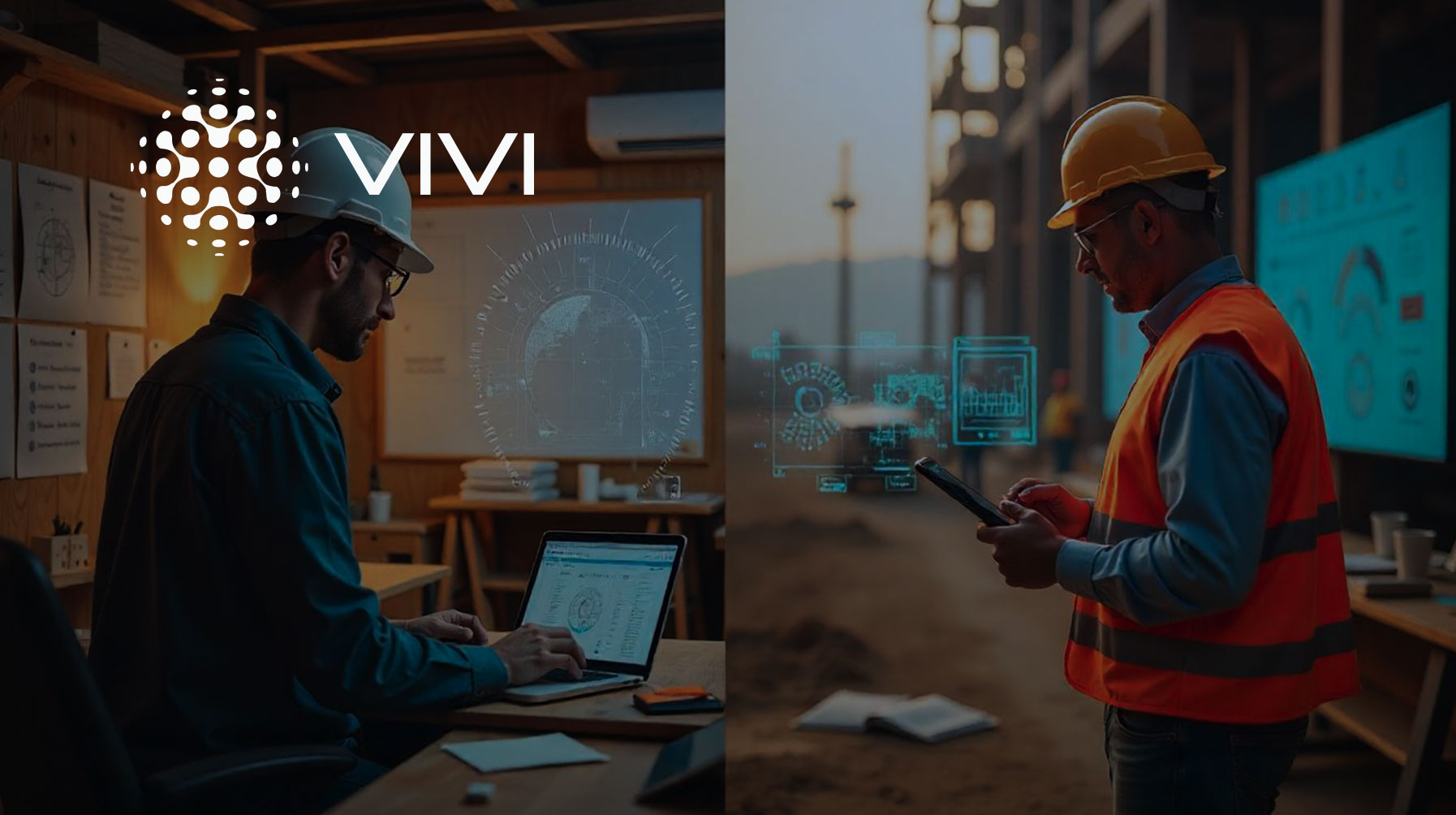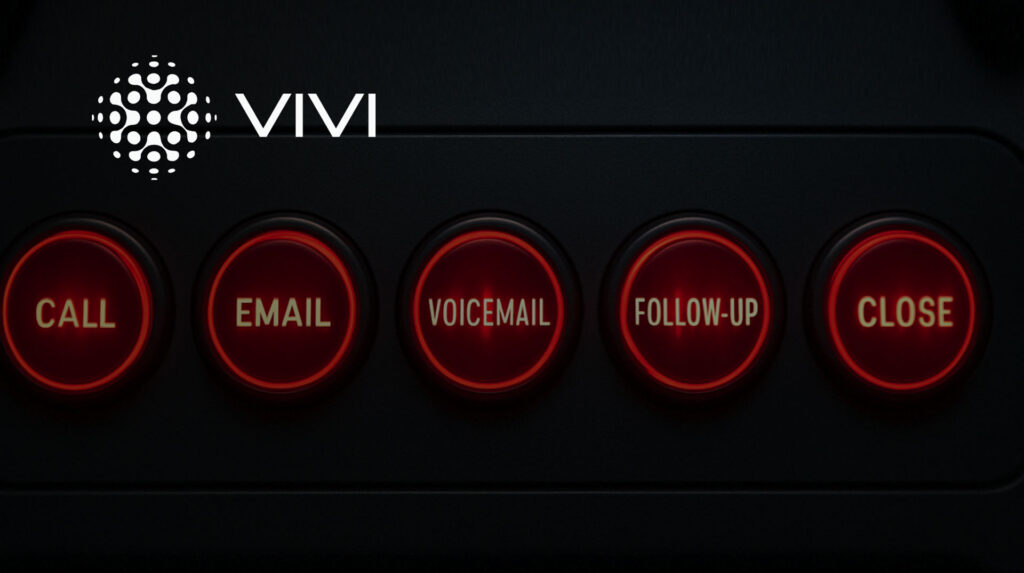The Industry’s Identity Crisis
Construction doesn’t have a tech problem. It has a trust problem. Over the past decade, we’ve seen waves of innovation flood in—apps for safety reporting, drones for site scanning, digital twins, 3D printing, modular building, AI for scheduling, AR for inspections. Yet most of it ends up in the same place: underused, overpromised, or outright ignored.
The tools aren’t always the issue. The issue is that most of them aren’t built for how construction actually works. They’re built for how tech people think construction should work. And that’s where AI is headed—fast—unless someone grounds it in the reality of dirt, steel, people, and schedules.
What the AI Hype Gets Wrong
Everyone’s excited about AI. But the excitement often skips a step: implementation. In theory, AI can automate design, optimize supply chains, predict delays, manage labor, and streamline inspection. In reality, most crews can’t get their iPads to sync, their data’s in 14 places, and nobody wants to be the first to roll out a tool that might backfire on a jobsite.
If you drop an AI model into that environment without structure, it becomes noise. If you drop it in with guardrails, standards, and a real-world understanding of workflows—it becomes leverage.
The Real Use Cases
The most useful AI in construction today isn’t flashy. It’s invisible. It’s pattern recognition that flags a safety issue before it’s logged. It’s scheduling analysis that spots trades clashing before it happens. It’s material forecasting that adjusts automatically as a project progresses. It’s document parsing that keeps RFIs from falling through the cracks.
Most of these don’t look like robots. They look like better decisions, made faster. Or fewer mistakes, made less often. Or simpler processes that just run cleaner.
They live inside existing workflows—tools you’re already using, but now with an extra layer of intelligence baked in. That’s why they work: they don’t demand a new behavior. They improve the one already happening.
Where It’s Working
Where AI is being adopted successfully, it’s rarely a top-down transformation. It’s someone on a team finding one problem—usually something they’re doing manually—and solving it with automation or intelligent tooling. Then repeating. Then scaling.
The projects that pull ahead don’t start with big visions. They start with specific frustrations: Too much rework. Too many change orders. Too little visibility. AI plugs into those gaps because those gaps are measurable, repeatable, and painful enough to justify trying something new.
In one case, a foreman used a machine learning-based scheduling tool to visualize weather impacts on sitework. In another, a safety manager deployed computer vision to monitor PPE usage in real time. These weren’t innovation teams—they were just people tired of surprises.
What AI Actually Needs to Work on a Jobsite
For AI to work in construction, it needs more than data. It needs:
- Context: Knowing what “late” means on this project, not just generally. Whether 2 days behind is recoverable or a code red.
- Structure: Clean inputs, connected systems, consistent naming, shared standards. AI can’t fix messy spreadsheets or disconnected apps.
- Trust: Not just accuracy, but explainability. Why did the AI flag that? Where did that prediction come from? Black-box models get ignored fast.
It also needs to operate in the mess. AI for construction can’t assume perfect conditions. It has to survive:
- Dead zones with no internet.
- Screens covered in dust.
- Apps opened by someone wearing gloves.
- Workers who’ve been burned by bad tech before.
AI’s Value Isn’t in Replacement. It’s in Amplification.
There’s a lot of fear that AI will replace workers. That’s not how it plays out in construction. The real value is in amplification:
- A project manager who sees problems two weeks earlier.
- A site supervisor who spends less time chasing paperwork.
- A VDC team that gets better data to coordinate.
AI isn’t here to lay bricks. It’s here to make the planning and management of that work less chaotic. Most jobsite chaos isn’t from lazy workers—it’s from missed handoffs, bad forecasts, or wrong assumptions. AI tightens those gaps.
The wins aren’t abstract. They’re: We saved $50k by avoiding a delay. We cleared a permit faster. We caught an error before the concrete was poured. That’s not science fiction. That’s Tuesday.
The Data Mess
Ask any construction tech vendor what’s holding AI back, and you’ll hear the same answer: data. Too messy, too siloed, too inconsistent.
But the real problem isn’t just messy data—it’s distrust of that data. When nobody knows which version is current, who edited what, or whether a data point actually reflects reality, nobody wants to bet the project on it.
Fixing that isn’t just about cleaning data. It’s about rebuilding confidence in it. That means clear versioning. Audit trails. Role-based access. Simple visualizations. And making it easier to correct a mistake than to work around it.
AI Needs Human Feedback Loops
Construction doesn’t need AI that guesses. It needs AI that listens. That means feedback loops:
Did that prediction help?
Was that alert correct?
Should the model adjust next time?
Without that loop, the AI system might keep making the same wrong assumptions. With it, the system gets smarter—and so does the team using it.
Ideally, the loop goes both ways. The model learns from the user. The user gains insight from the model. Together, the system becomes not just accurate, but aligned with how that specific job—or company—actually works.
Choosing the Right Use Cases
Not everything should be AI-powered. But some things absolutely should. Here’s how to pick:
- Is it repeatable?
- Is it measurable?
- Is it currently manual, slow, or inconsistent?
- Is the impact of getting it right valuable?
RFIs, inspections, scheduling conflicts, submittals, resource planning, progress photos, safety reports—all of these are prime targets.
Also look for things people are already informally solving with spreadsheets, emails, or sticky notes. If someone’s built a workaround, there’s likely a strong case for AI—because the pain is already clear.
What the Industry Needs to Hear
The biggest lie in construction AI right now is: “Just plug it in and it works.”
That’s never been true. It’s not true for BIM. It’s not true for ERP systems. It’s not true for scheduling software. And it’s especially not true for AI.
Why? Because AI doesn’t run on magic. It runs on context, consistency, and culture.
Most AI failures in construction don’t happen because the technology was broken. They happen because the team didn’t trust the output, didn’t understand how to use it, or couldn’t get buy-in from the field. The tech didn’t fail—the rollout did.
And many vendors still don’t get it. They show up with glossy slide decks and slick demos. They talk about vision. They don’t talk about the implementation slog: the permissions work, the naming conventions, the end user adoption, the feedback loop, the accountability. The handholding. The troubleshooting. The political capital it takes to make something stick on a jobsite.
What construction companies need isn’t more software. They need better onboarding. More transparency. More clarity about what it will take to make the tool useful in the real world—not just in a controlled pilot.
That means being honest about the learning curve. Being explicit about what changes. Putting budget behind training, support, and change management. It also means treating rollout not as a feature dump, but as a phased strategy that starts with one team, one process, one win.
Don’t Just Deploy. Operationalize.
Deployment is easy. It’s the checkbox. The meeting invite. The internal email that says “we’re live.”
Operationalizing is the hard part. That’s when a foreman opens it in the field without a reminder. When the assistant PM prefers it over the spreadsheet. When the exec stops asking, “Are people using it?” and starts asking, “What else can we feed into it?”
The most successful AI tools in construction aren’t just launched—they’re lived. They’re the ones that survive the quiet weeks, the bad WiFi, the hard days. Because someone took the time to embed them in the rhythm of how the team actually works.
That’s the new bar. Not innovation. Integration.
Strategy Over Shiny: AI Is a Long Game
It’s easy to get caught up in what AI can do in theory. Predictive analytics. Risk modeling. Automated compliance. Generative design. But strategy isn’t about what’s possible. It’s about what’s repeatable.
The teams that win with AI aren’t the ones with the biggest tech budgets. They’re the ones who pick one problem, solve it deeply, then build outward from there. They treat AI not as a feature—but as a layer. A capability. Something that gets stronger over time, as people use it, trust it, and push it into more use cases.
Start small. Solve something visible. Let success compound.
That’s the path. Not dashboards. Not announcements. Just consistent, useful improvement.
Culture, Not Just Capability
You can’t bolt AI onto a culture that resists change. Tools don’t transform teams—beliefs do. Construction has long been built around control: control of cost, risk, schedule. But AI introduces something new: inference. Pattern recognition. Probabilistic reasoning.
That’s uncomfortable at first. You’re not being handed a clear answer—you’re being shown a pattern. A risk score. A forecast. It takes a cultural shift to say, “We’ll let the system guide us—even when it’s not 100% certain.”
Leaders need to create space for that discomfort. They need to normalize uncertainty—not as weakness, but as opportunity. And they need to back their teams when things go sideways. Because if your people get burned for trusting the system, they’ll never do it again.
AI success is cultural first, technical second.
AI for Subcontractors: The Overlooked Leverage Point
Most construction tech is aimed at GCs and owners. But the real bottlenecks often sit with subs. That’s where the RFIs pile up. Where schedule gaps start. Where procurement stumbles. And most subs have the least support when it comes to digital transformation.
But subs have massive leverage. If AI can help a framing contractor forecast labor better, or an MEP team detect design conflicts earlier, or a drywall crew track productivity in real time—that has ripple effects up and down the project.
Don’t overlook the edge players. They often carry the risk, do the hardest coordination work, and stand to gain the most from AI that actually understands what they do.
AI in the Trailer, Not Just the Cloud
Too many construction tech products are designed for the cloud—but not for the trailer. The field office is where things break down. It’s where last-minute decisions get made. Where people are juggling conflicting drawings, missing specs, and high-pressure timelines.
AI has to show up here. It has to work when the internet is spotty, when it’s accessed from a dusty laptop or a cracked iPad, when it’s being used by someone who didn’t attend the training session.
This isn’t about dumbing the tools down. It’s about respecting the environment they have to survive in. If your AI can’t run offline, or can’t be used by someone with gloves on, or can’t give a clear answer in under 10 seconds—it’s not built for construction.
AI and Safety: The Next Frontier
One of the most under-leveraged applications of AI in construction is in safety. From real-time video analysis of PPE compliance to predictive modeling of injury risk based on schedule pressure and environmental factors, AI can—and should—play a bigger role in keeping workers safe.
Imagine being able to surface the top 10 jobsite safety risks each morning, not just from a checklist, but from real data. Weather, crew assignments, recent change orders, equipment activity—all pulled together to predict where something might go wrong.
This isn’t about replacing your safety manager. It’s about giving them a sixth sense. The earlier they see the risk, the earlier they can act. And when safety improves, everything else gets easier: morale, retention, timelines, even insurance.
AI and Materials Management: Unsexy but Powerful
Materials management rarely makes headlines in AI discussions. But it’s a perfect candidate for optimization. Material waste, delayed deliveries, and storage miscalculations bleed time and money from every project.
AI can forecast usage based on design changes. It can flag shortages based on lead times. It can optimize delivery schedules to match project phases. When you integrate AI with your procurement, BIM, and scheduling tools, you stop overordering “just in case” and start ordering “just in time.”
This kind of efficiency doesn’t just save money. It frees up site space, reduces theft, cuts down on coordination overhead, and keeps projects flowing smoother.
Owners, Data, and the Long Tail of AI Value
Too often, owners are left out of the AI conversation. But they’re the ones who benefit most from long-term data maturity. If a project builds smart today—clean data, structured records, aligned workflows—it becomes a foundation for lifecycle intelligence.
Owners should be pushing for AI from day one. Because they’re the ones stuck maintaining what’s built. And if they have five years of consistent, AI-enriched data across their portfolio, they can forecast repairs, compare contractor performance, evaluate building efficiency, and budget with 10x the clarity.
Construction AI isn’t just about the build. It’s about what happens after the ribbon cutting. Owners who get this early will quietly dominate long-term asset performance.
Final Thought: AI Can’t Save You From a Broken Process
One uncomfortable truth about AI: it doesn’t fix bad process—it exposes it.
If your schedule logic is flawed, your AI won’t save it. If your RFIs are disorganized, your AI won’t find them. If your teams don’t talk, AI won’t bridge the gap.
What it will do is highlight every bottleneck, every delay, every missed field note, every contradiction in your documentation. That can feel painful. But it’s also where the opportunity lives.
Because once you see the gaps, you can fix them. And once they’re fixed, AI becomes the force multiplier it’s supposed to be.
In the end, AI isn’t a silver bullet. It’s a sharp tool. And like any sharp tool in construction, it only works in the hands of people who know what they’re doing—and are willing to do the work.













